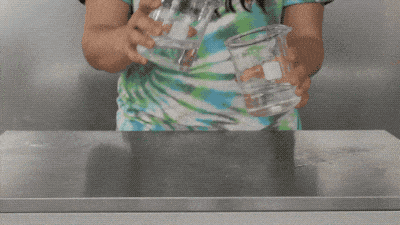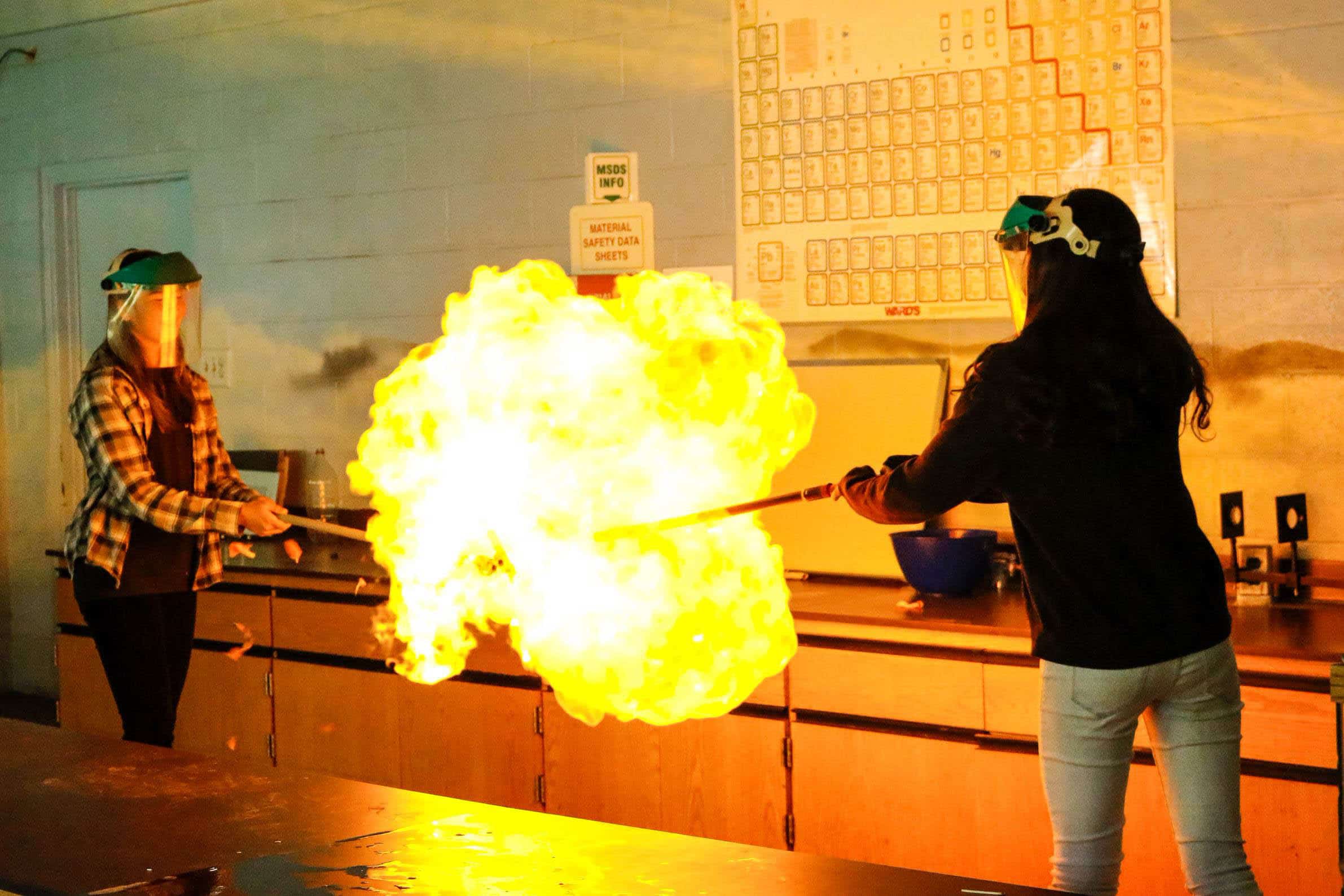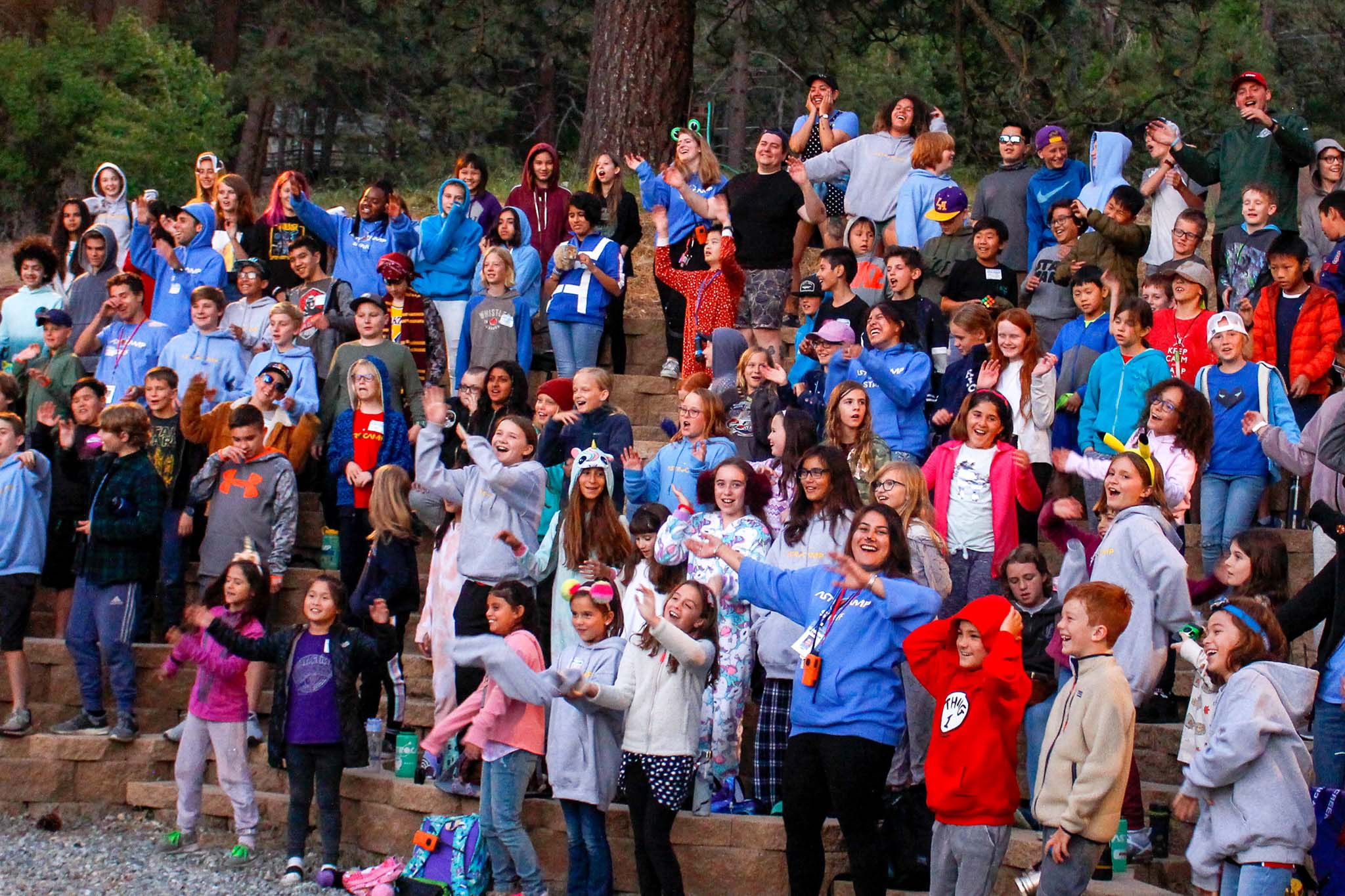
Check out this tricky science for April Fools, and no it’s not magic! This is a clock reaction, meaning that it takes some time to see the effects of the reaction. However, there are actually two reactions taking place.
What we used:
- To two beakers add about 150 mL of water.
- In the first beaker add ½ of a tsp of sodium Iodate.
- To the second beaker add ¼ tsp sodium sulphide, ½ tsp citric acid, and 12 drops of a starch indicator.
- Make sure to stir well, so that the solutes are dissolved.
Now you are ready to mix it all together. For a little added drama, try pouring them back and forth into each other.
In the first, slower reaction the sodium iodate reacts with the sodium sulphide and turns iodide into triiodine. The triiodine then reacts with the citric acid and the result is that the solution stays clear. But, when all of the citric acid is used up, then the second reaction can start! This quicker reaction turns triiodine back into iodide and there is a very evident color change. The solution turns dark blue, indicating when the freed iodide is in the presence of starch.
Now it’s your turn to trick your friends this April Fools! Try this out at home and see if you can catch them off guard in mixing two clear liquids together.
NOTE: Use adult supervision. Many of the chemicals used in this experiment are toxic. Do not consume, but do have fun! Happy April Fools Day from all of us at AstroCamp.



